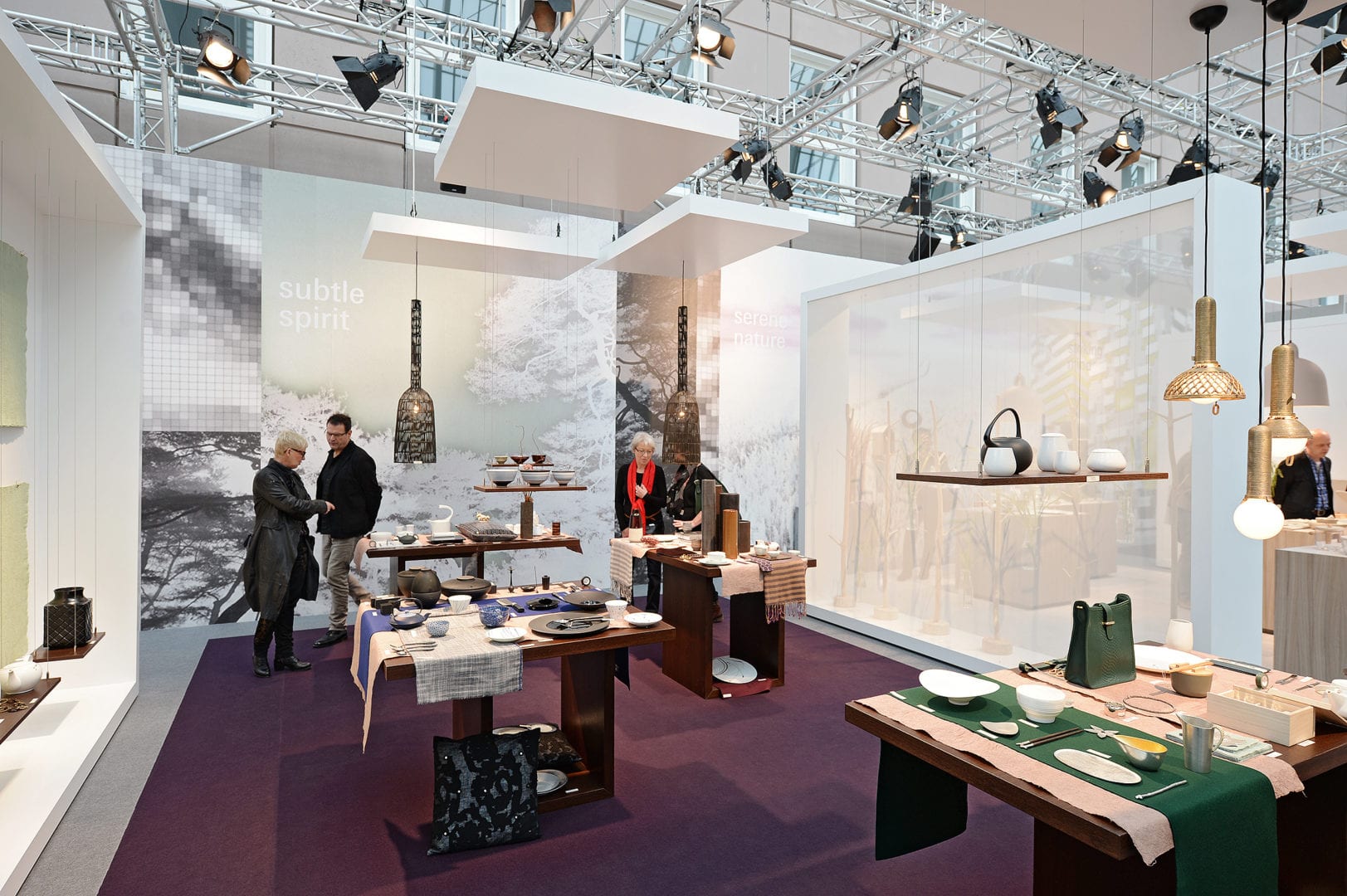 Scan Display shares its top tips about what to consider when designing and building green stands.
Scan Display shares its top tips about what to consider when designing and building green stands.
PROCUREMENT
Where you source your stand materials, decor and furniture from is hugely important. You should be thinking local, local, local. The more local the source, the better it is. You also need to consider whether the materials you use are environmentally friendly, in terms of the following criteria:
Where and how they are sourced Sustainable resources are preferable to those that are finite. Forest Stewardship Council (FSC) wood is cultivated in a more sustainable manner than other woods, making it a preferable product.
Manufacture Energy intense and polluting processes are obviously less desirable than the converse of this. Ask your supplier questions about the manufacture and origin of their materials before making a purchasing decision.
Final product Is the final product healthy for the people using it and the environment? For example, many paints contain lead. Research the materials you commonly use and let this guide your choices.
Lifespan When part of the stand is no longer needed, what will happen to it? Ideally you want to reuse it or, if this is not possible, the next best option is to recycle it. The last, and worst, option is to send it to landfill. You should always avoid this if you can.
REUSABILITY
Stands should be designed to be reusable. There are a number of considerations to keep in mind here:
Modular design This makes it easier to rebuild the stand and, if necessary, to create different configurations to fit different spaces.
Durable The more robust the design, the better it will last over multiple builds.
Easy to disassemble and reassemble If the stand can be taken apart and put back together easily, you improve your chances that this will be done without damaging the structure.
Lightweight and packs small This makes transporting the stand for rebuilds easier, more cost-effective and more carbon-effective – as less petrol should be needed with smaller, lighter loads.
DEMATERIALISATION
This refers to using fewer materials for your stand, such as avoiding unnecessary walls and structures. This is environmentally beneficial because your stand requires fewer resources, less manufacture, less transport and so on.




